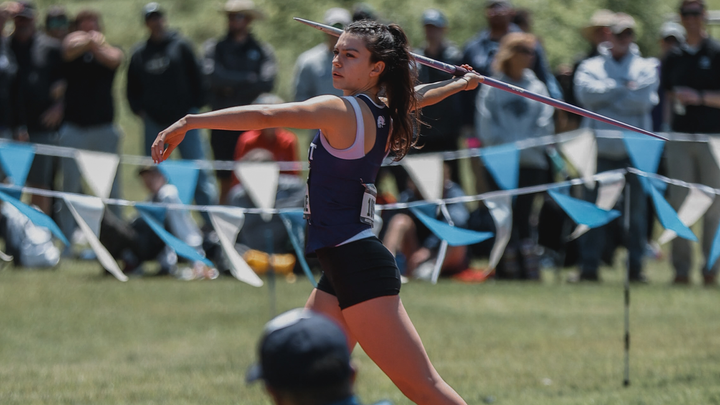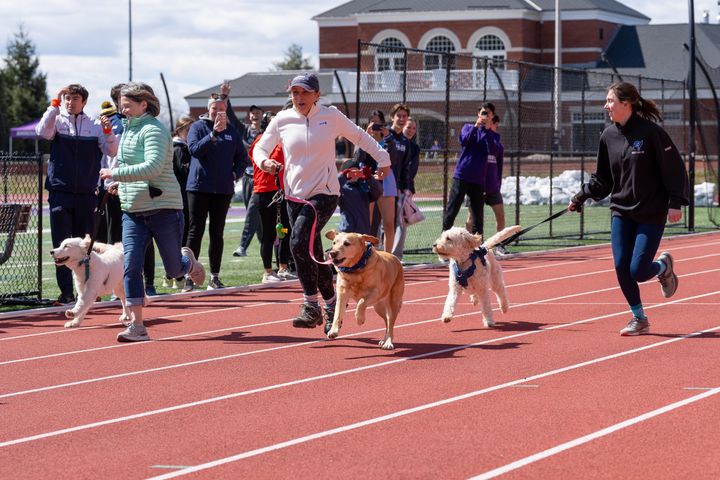Amherst Campus Safety: A Branch Breakdown
Following up on his last article on Amherst police presence in Val, Staff Writer Fritz Lalley ’25 explores the various roles of the police department’s different branches.

Last month, I wrote an article for The Student regarding the decision to restore Amherst College Police Officers’ access to Valentine Dining Hall. From my reporting for that article, it became clear that I lacked fundamental knowledge concerning the structural arrangement of the powers that handle policing and safety on campus. What I assumed was just “the police” turned out to be far more than that. I was hit with an onslaught of acronyms: CSA, CSO, CSAC. These three similar-sounding committees make it difficult to understand the specific responsibilities and powers each holds. In this article, I interview the campus safety administration to better understand the structure these various acronyms represent to the college at large.
John Carter has worked for the Amherst College Police Department (ACPD) for over 20 years and now works as the Executive Director of Safety and Chief of Police. After my previous article on police presence in Val, which at the time Carter had declined to comment on, he reached out and asked to provide additional information about his work and the shape of the ACPD.
We spoke in his office for about an hour, and the first thing he asked me was if I knew the difference between a ‘CSO’ and a ‘CSA,’ to which I replied that I did not. He then remarked, “Yeah … this may take a while.”
It turns out that the ACPD is composed of three separate branches. The first branch is made up of sworn police officers. Most of them have worked here for more than 10 years. These officers seem to measure their value on campus based on the relationships they build with the students and faculty. However, their level of interaction with students has greatly decreased in recent years.
Shortly into our conversation, Sergeant Jeffery Edwards came in to talk as well. Similar to Carter, he’s worked here for close to 20 years and can attest to any decrease in student interactions.
“[In] 2007, 2008, and 2009, I would legitimately say that I knew 75 percent of the student body by name,” Edwards said. “And that didn’t stop right through 2017 … so many students would come to me with problems. Now, I probably know five percent of students by name, and it is pretty sad.”
What has changed since then? Edwards’ remarks reflected a social change as well as a policy change. Though he marks the time just before the pandemic, he also marks the murder of George Floyd in May of 2020 as a turning point in his eyes. “After the George Floyd incident, people I have known for a long time wouldn’t look at me, it just changed like that. And I get it, I completely get it.” Though it was not at that moment alone, the college administration started reforming its stance on policing over the course of the following year, diverting the task of interacting with the students to non-police as much as possible. Barring circumstances, such as an immediate threat to safety, the police were restricted from entering Val and the residence halls. Since President Michael Elliott assumed his role in 2022, these policies have largely remained — though police have re-entered Val.
To that end, Edwards informed me that the police have begun to “slowly start building our connection to the community back, [through] hiring more [Community Service Officers] to handle academic buildings and working with the [Community Safety Assistants] to do room lockouts.” Sworn police officers now have less contact with students as a result.
The second branch of the ACPD consists of the Community Service Officers (CSOs). These are staff who operate Safe Rides and lock up administrative and academic buildings on campus. More broadly, however, they serve as a supplementary force within the ACPD that is employed to handle tasks that sworn officers either do not have time for or are not necessary for.“Say there is a fire on campus and I need to close down some roads. I might only have one sworn police officer on duty, and I just need someone to close a road. That doesn’t require a police officer,” Carter said.
The final branch of the ACPD is made up of professional dispatchers who coordinate the operations of vehicles and personnel carrying out the aforementioned tasks. These are the staff who will radio to active personnel in order to organize active CSOs or officers who might close down roads, or take accident reports.
Carter continued, “And then, on the other side of that [are] the Community Safety Assistants [CSAs] and they work for the Office of Student Affairs [OSA].” This branch of safety, which exists outside of the ACPD, serves mainly as a point of contact with students inside the residence halls. Hence, you can expect to encounter the CSAs when you’ve locked yourself out of your room, or when you are attending a party that has gone on for too long or become too loud.
After the murder of George Floyd, and amidst a considerable call for police reform, many rules and regulations regarding the ACPD’s role on campus changed. Carter explained that, prior to 2020, the police performed essentially all the services that are now reserved for the CSAs (lockouts, noise complaints, shutting down parties). “We sent a cop for everything,” said Carter.
Then, the college began removing the police from such situations.
Edwards reflected, “Before I was a cop, I used to manage an apartment complex, so I never had a problem fixing minor issues in a tenant’s room as opposed to calling a professional, and that continued once I started here. We don’t do that stuff anymore, people get called in. An electrician will be hired even if the issue is as simple as flipping a switch.”
The final group on campus that can be said to have some influence over safety is the Campus Safety Advisory Committee (CSAC). This committee — consisting of police, administration, two faculty members, and six students — reports directly to Carter, Dean of Students Angie Tissi-Gassoway, and President Michael Elliott. Such a direct line of communication with the college’s administration makes CSAC’s work important. Per my last article, it was the CSAC’s deliberations that led President Elliott to reverse the policy of restricting ACPD’s access to Val. Just as importantly, the CSAC serves as the primary liaison between the students, faculty, and the model of safety pursued on campus.
It is important to know that safety on campus is handled by no one group in particular. The shared responsibilities of the ACPD and OSA mean that there is no single head of safety on campus. Instead, there is an amalgamation of groups and subgroups, each handling a small part of the myriad tasks that make up campus safety.





Comments ()